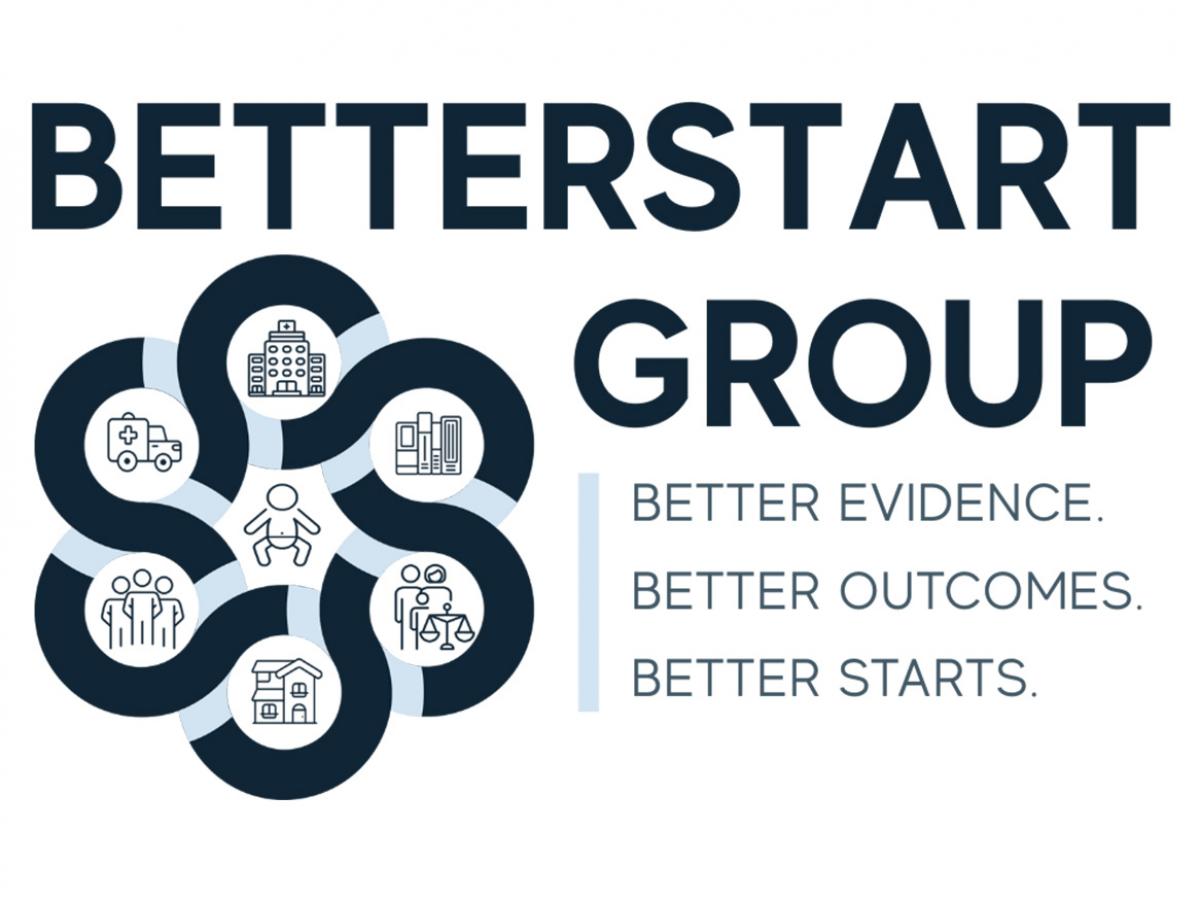BEBOLD
Our aim is to generate better evidence to inform policy and practice to improve health, wellbeing, and development outcomes.

One way we achieve this is through the Better Evidence, Better Outcomes, Linked Data (BEBOLD) platform. As the name suggests, BEBOLD is dedicated to generating Better Evidence (BE) to inform services that generate Better Outcomes (BO), and we do this work using Linked Data (LD). The research program aims to contribute to breaking cycles of disadvantage throughout the life course in its many forms (e.g. health, socioeconomic, social disadvantage) by informing policy, and service design and delivery.
The BEBOLD platform
The platform is a series of open electronic cohorts that follows 32 birth cohorts (~ 20,000 births per year) from 1991 onwards. Children not born in SA come into the platform if their families move to SA and use services. There are ~640,000 children (~28,000 Aboriginal and Torres Strait Islander) - up to their early 30s for those born in 1991. Family files link children and parents to examine intergenerational contact with systems including child protection, and Centrelink. BEBOLD is one of the richest linked data sources of child and family life-course information in Australia. It includes de-identified information about child protection contact, pregnancy, early development, well-being in adolescence, education, youth justice, corrections, hospital admissions, emergency presentations, drug and alcohol services, housing and homelessness, community mental health, and Centrelink welfare payments. BEBOLD is updatable, and we continue to add new birth cohorts, new calendar years of data, and new data sources.
The data included in BEBOLD has been provided by South Australian government agencies under various agreements with the BetterStart Research Group, SA NT DataLink and data custodians, following approval from multiple research ethics committees. We are not resourced or approved to be data providers to outside groups. BEBOLD data can only be accessed by researchers who are approved users of BEBOLD by the BetterStart Research Group, relevant ethics committees and data custodians.
For information on how to access de-identified State government data, an application and approval process is administered by the independent data linkage authority, SA NT DataLink.
Our Research
Our research provides contemporary estimates of population sizes (e.g. the number of children per year who have contact with child protection), characteristics (e.g. the number of children born into young parent families who have contact with child protection), and outcomes (e.g. the number of children who have contact with child protection and go on to have poor academic outcomes). These sorts of analyses provide real-world estimates that can be used by policy makers to plan and deliver better services. This research program is designed to bridge the research-translation gap because the use of BEBOLD supports research that has explicit implications for policy, service design and delivery.
Our research using BEBOLD falls into three broad categories;
- descriptive epidemiology to characterise whole and priority populations, and their pathways into and through various services and systems
- formal risk prediction as a potential tool to aid services in targeting populations that help to better match need to appropriate service responses
- applying a range of causal inference techniques to better understand impacts of service innovations and ‘what works’ to improve outcomes for children, young people and families
Indigenous Data Sovereignty
We place principles of Indigenous Data Sovereignty at the core of our work in recognition of both the over-representation of Aboriginal and Torres Strait Islander children in many government systems, and the rights of Indigenous people for self-determination.
Public Good
Achieving public good through use of public data was the founding principle of the BEBOLD platform. Since inception over a decade ago, the use of the BEBOLD platform in collaboration with government and non-government partners has grown. Our research using the BEBOLD platform is directly increasing government and non-government use of the best evidence available to inform sustainable service change that will contribute to improving outcomes. We undertake both operational (quality improvement), and evaluation research with government partners that will never be published, and academic research requiring ethics oversight. We have delivered over a 100 reports and briefs to the SA and Commonwealth governments, and Royal Commissions using BEBOLD, many of which are cabinet-in-confidence, and we have published many peer-reviewed papers from the platform.
